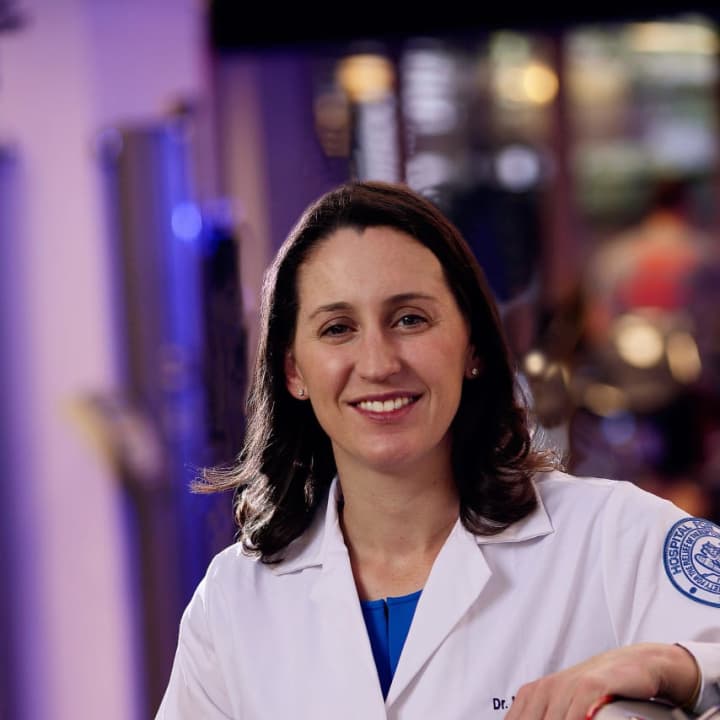What do you do now?
Right from the start, you should get a proper evaluation by a sports medicine orthopedic surgeon. The doctor will assess swelling, range of motion, pain locations and knee joint stability by conducting specific physical exam maneuvers. You will probably be placed on crutches and possibly in a brace. Your physician will perform an MRI to confirm the diagnosis.
After the diagnosis is confirmed and any other additional injuries are diagnosed (such as meniscus, cartilage or other ligament tears), most people need to begin physical therapy. If it is an isolated ACL tear, the goals of therapy are to decrease swelling, improve range of motion, normalize how you walk and get the quadriceps muscles (thigh) working properly. This usually takes 2-4 weeks.
After that, the decision tree branches to surgical versus nonsurgical treatment. Some people, typically older and less active, are candidates to rehabilitate the knee and not stabilize the knee with surgery. If you have no instability or ‘giving way’ episodes, you can become a ‘coper’ and live without an ACL. However, young, active patients playing sports are at extremely high risk for further knee instability episodes. Multiple knee instability episodes can damage the meniscus and cartilage, which is bad for knee joint health and can speed up development of osteoarthritis. You should consider surgery if you are young, athletic, play a high-risk sport (cutting and pivoting sports) and have any further episodes of ‘giving way’ following the initial injury.
This is a tough injury and can take about one year to fully recover and get back on the field so you need to understand your options.
Through HSS Orthopedics at Stamford Health, I am privileged to now be able to make world class care more convenient for Fairfield County residents. My office is at the HSS Stamford Outpatient Center at Chelsea Piers, and my colleagues and I perform surgeries at Tully Health Center and Stamford Hospital in addition to Hospital for Special Surgery in Manhattan.


